Fieldtrip Report:
Fieldtrip Report:
Tom’s
Mica Dig
Morefield Mine,
Wayne’s Amethyst Dig,
Amelia County & Other Locations in Virginia
November 9 th, 10th, and 11th, 2007
photos
by: Lee Fleming,
text: Lee Fleming
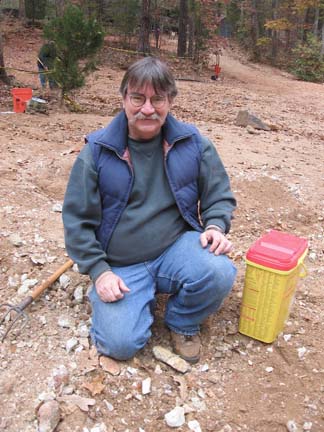
Gene
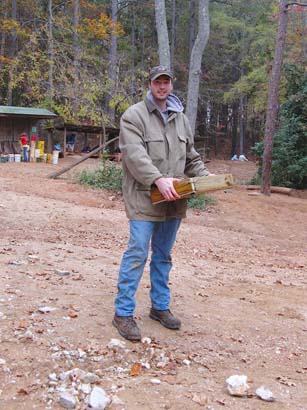
Bryce
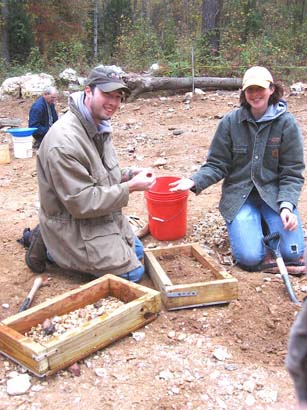
Bryce & Jennette
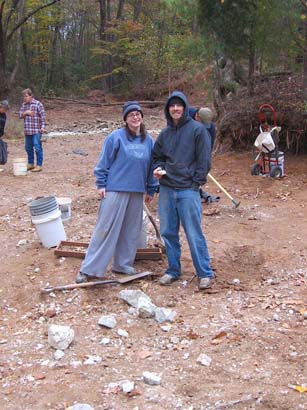
Cathy & Steve
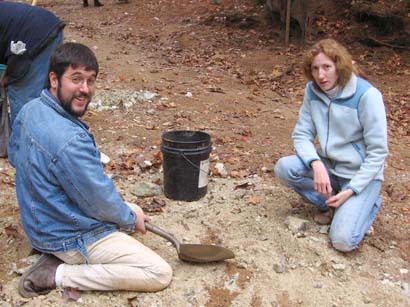
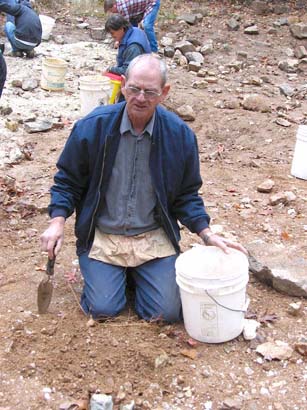
Luther
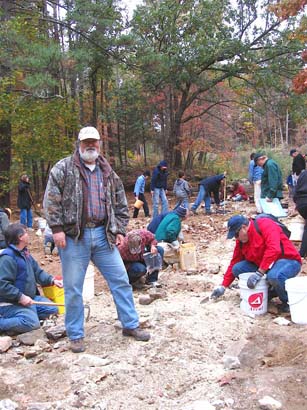
Lee
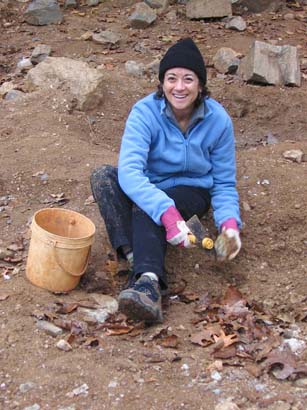
Pat
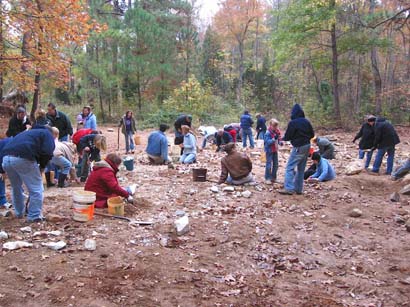
Before we started our tour of the mine, Sam Dunaway showed me some improvements he has made at the mine since I was there last. He has concreted the headworks of the mine a removed all of the old timber structures that were there before. Here is a before and after picture:
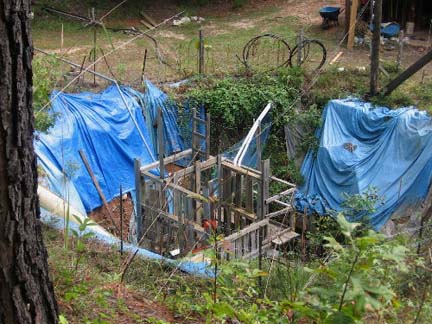
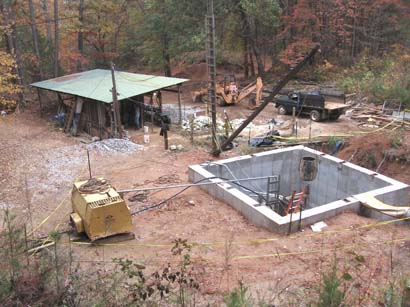
At about 1:00 PM, we all gathered at the mine site for our mine safety class and mine tour instructions. There were 10 people going on the tour and one mine tour guide.
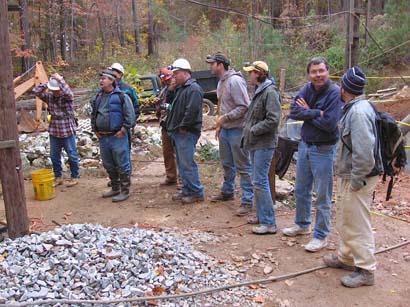
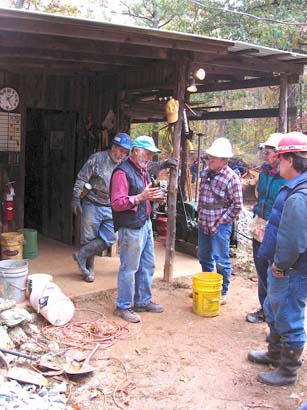
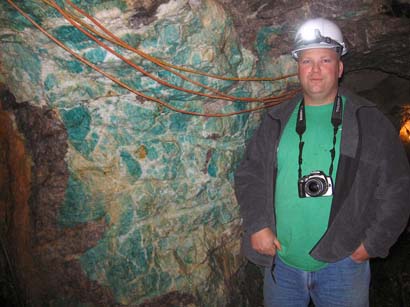
After receiving instructions on mine safety equipment, mine rules, and mine evacuation routes, we entered the mine by descending the vertical ladders mounted to the shaft walls. Once we reached the 40 foot level, we were given a complete explanation of the rock geology for the tunnel walls as we walked along. Finally, we got to the end of the first tunnel and were instructed to turn around and go back to the platform to continue down into the mine. At this point, it is hard to believe that we could see even more impressive rocks; but boy were in for a surprise.
Descending to the 61 foot level, we exited the ladder to immediately see that the walls of the tunnel at this level appeared to have much more interesting material than the first level. From the ladder, we moved into a tunnel that was lined with sections of amazonite, large pieces of mica, and other minerals. Our tour guide began to explain the activities of the mine operation at this level and the minerals being collected from the tunnel walls. We saw many sections of beautiful green/blue amazonite, a large section of dark green fluorite, mica books, quartz, and many other minerals. Finally, we reached the end of this tunnel and were instructed to turn around and go back to the platform. Along the way, we stopped to take pictures of each other and of the tunnel wall materials.